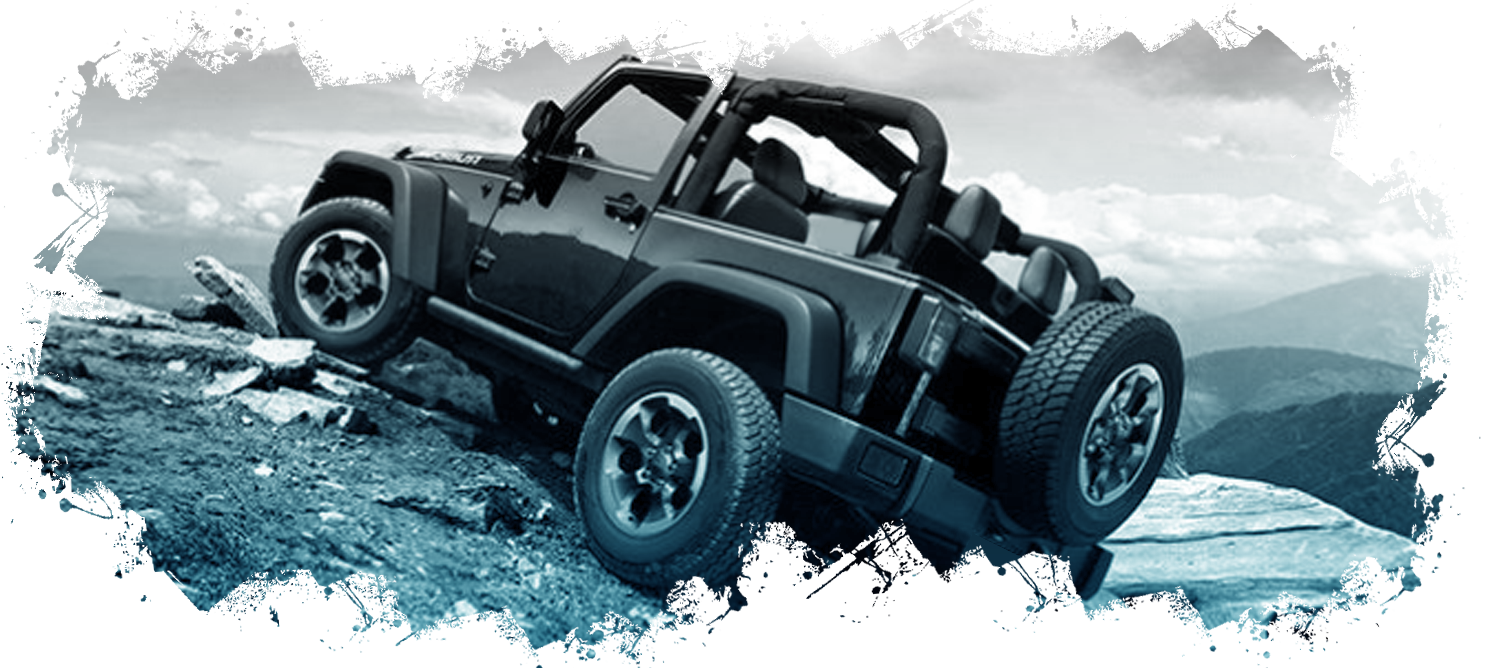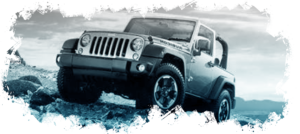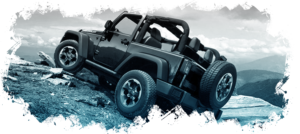Your SUV wasn’t designed to spend its days on pavement alone. It can and should take you farther, but not before you consider some basic off-road driving tips. Off-road driving involves healthy doses of common sense, patience and skill. It’s not mastered instantly, but with practice, you’ll be driving more safely and ultimately having more fun.
We had the opportunity to drive with some of the best, the instructors of the Land Rover Experience driving school in Manchester, Vermont (with other locations as well). Without their guidance, we would’ve terminally buried ourselves in minutes. So, before storming Vermont’s Class 4 roads, Colorado’s Argentine Pass or California’s Rubicon Trail, we highly recommend you check out their programs. At the very least, talk to otherguys with experience and follow their advice as you develop your ability.
While you’re at it, consider our off-road driving tips. They aren’t all-inclusive for every possible season, surface or vehicle. They will, however, give you a taste of what to expect, teach you how to get there and — just as vital — how to get back.
T.R.E.A.D. lightly
Our off-road driving won’t make you a hero within the Sierra Club, but neither will the environmentally inconsiderate act of bathing. Still, you can be a Better Man through environmentally and socially responsible off-road driving. Tread Lightly! is the organization that asks you to Travel responsibly; Respect the rights of others; Educate yourself; Avoid sensitive areas; Do your part. The website has a lot of useful off-road driving tips and videos. Mud Bogging 101 is not among them.
Know your vehicle’s limits
Don’t think your stock SUV is immune to anything you throw at it. At last check, rocks and tresses could still bend steel. Even the hardcore guys who put tens of thousands into modifying their rock crawlers can and do break down. So before you turn a wheel on the simplest of trails (otherwise known as green laning), know what your vehicle can do and play within the limits. A huge part of that is having a properly maintained vehicle and knowing your minimum ground clearance (typically, it’s at the differential).
(Wheel) position is everything
Whether you’re crossing mud, sand, snow or just a dirt trail, you always need to be aware of your front wheels’ position. It sounds simple enough; if the steering wheel’s straight, so are your fronts, right? Not necessarily. It’s easy to forget when you frantically whip the wheel to overcorrect (that’s a no-no, by the way). There’s no shame in leaning out the window to double-check if you get stuck or are about to take on a difficult stretch. While you’re at it, minimize your steering input, steer in small increments and keep your thumbs on the outside of the steering wheel. Kickback can cause sudden jerks that break thumbs if they’re wrapped around the inside.
These next off-roading tips will keep you off the beaten path and out of the ditch.
Don’t go solo
Off-road driving is a great getaway from everyday life, but you’ll enjoy it more by sharing the experience. Go expedition style with one or more buddies and their vehicles, maintaining visual contact without riding each other’s bumpers and having designated meeting spots if you get separated. Having two-way radios in each vehicle is a sensible plan as well. Try to have one or more spotters along too. They can hop out to help you negotiate through the rough stuff, guiding you from a much better vantage point than you have from the driver’s seat.
Know how to get unstuck
Off-road newbs are often surprised by how slowly everything happens — often at a walking pace or less. That’s because excessive speed, besides being rough on the environment and your vehicle, is a fast way to get stuck. Ditch the conventional wisdom (or the absence of it, really) of spinning at full throttle to free yourself. That’s the off-road driving equivalent of throwing a Hail Mary pass on first down. Instead, lighter throttle and steering input enables multiple attempts to get unstuck. If that doesn’t do it and you have to be towed, attach the strap or chain low. If you have to winch around a tree, protect the trunk by using a wide enough tree strap.
take it off… road
Just because you can drop everything and head for the hills doesn’t mean you should without preparing yourself and your vehicle. Stick to a sensible plan to get there and back, and share your plans with others before you go. This is not all-inclusive, but some must-haves aboard include a full tank of gas, food and water, a usable spare tire, tools, portable air compressor, maps, GPS, blankets, first aid kit, a spill kit, plus your phone and DC charger. Don’t pack alcohol or drugs, and buckle your seat belt. Even if it doesn’t sound altogether spontaneous, being prepared is one of the best off-road driving tips we can share.



